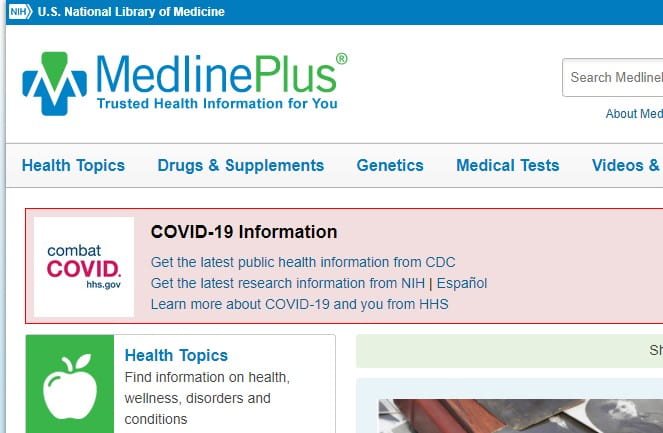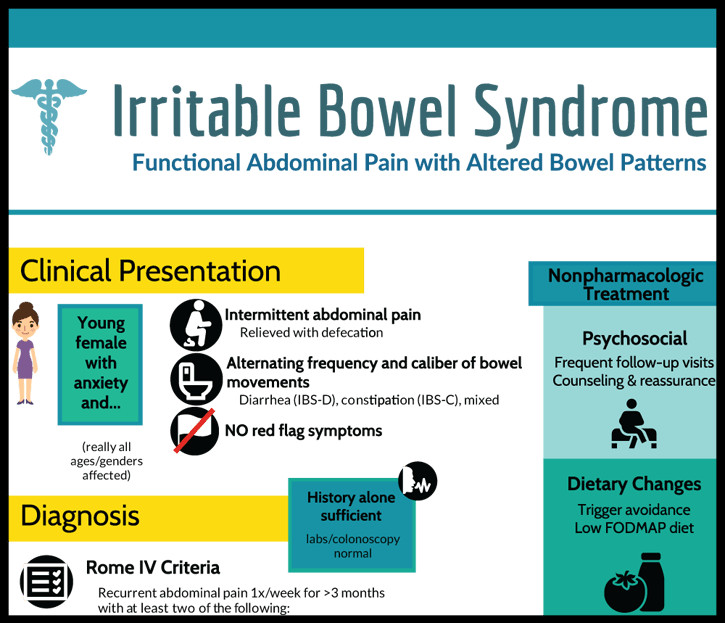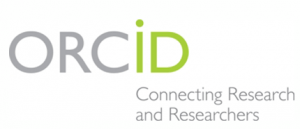
It’s that time of the year again, a time for trick or treating and a time for treats, sweets, and ghoulish get-togethers with friends and family.Even if you do not participate in Halloween, or are planning to spend this time at home, there are bound to be some fantastic autumnal dishes for you!
If you are looking for a cheesy and spooky appetizer, this Mummy Brie wheel will be sure to lure your choice of cracker in! If cheese is not your thing, you can always show off your skills by making these adorable Halloween sushi balls! Additionally these Beer Battered Squash Rings might even change a picky eater’s mind on squash!
On a budget? This Sweet & Salty Halloween mix will save both time and recipe. If peanuts are a problem, feel free to substitute with cashews, almonds or any nut of your choice.
For an entree, how about these green Monster Wraps? These are sure to be a hit with olive fans, and you can fill with your own favorite fillings! If you are looking to impress, this Seared Salmon with Sweet Potatoes is not only perfect for the season, but also a recipe that is pleasantly low in calories. Vegetarians, why not try this tempting Vegetarian Chili? It is guaranteed to keep you warm on a brisk Autumn day.
For a sweet treat, why not compliment your Coffee or Latte with a flakey Pumpkin Hand Pie? Simple and easy to make, these very orange Candy Corn Cupcakes would be a fantastic addition to any party get together. Lastly, for those who celebrate Dia De Los Muertos, why not test your skill at decorating on these gorgeous Day of the Dead cookies?
Whatever the occasion may be, Halloween or simply a time to celebrate a bountiful Autumn, we wish you a safe and joyful October, and can’t wait to assist you in your studies in November!













